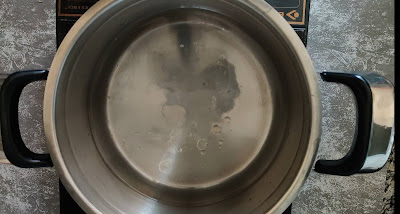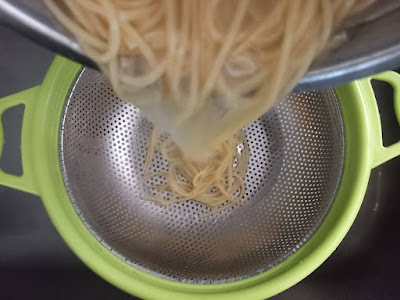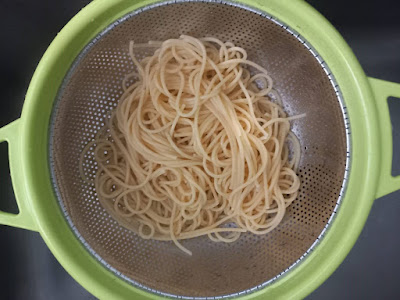Pasta- "Oh! That's easy! Just boil it in the vessel and toss it in the sauce." Alas! It's more than that. Yes, it's easy, but that doesn't make it any less tricky.
The line between an "Oh no!" pasta and a perfect one is sleek. Neither too raw nor too soft. A non-sticky, al-dente pasta- is the perfect one.
The checklist of the required ingredients needs to be well-checked. Whether to add salt or not? Is oil necessary? Is rinsing with cold water advisable?
Well, let go of the pasta panic. Find the perfected way of boiling pasta at home right here.
Overview
Cooking time: 15 minutes
Equipment and Dishes required
- Wide and deep vessel/pan
- Drainer
- Spatula/Spoon
- Burner/Induction
- Kitchen Towel/Kitchen hand grippers
Ingredients
- Uncooked Pasta
- Oil (any cooking oil without a strong aroma can be used)
- Salt
- Water
Cooking Process
Step-1
Switch on the flame, put a wide vessel. Fill the vessel halfway with water (about 4 times of pasta- in a 1:4 ratio)
Note: The amount of water and vessel size can differ as per the quantity of pasta.
Step-2
Add salt and oil while the water is getting hot. Don't add salt in cold water as salty water takes a long time to boil.
Tip: Adding salt helps in fast cooking and oil helps in preventing the sticking of pasta while cooking.
Step-3
Once the water starts boiling, add the uncooked spaghetti or any other type of pasta into it. While dropping the pasta the water temperature is about 200 degrees Fahrenheit but it comes down to approx. 150 degrees Fahrenheit and take near about 10 minutes to cook pasta.
Step-4
After 3-4 minutes when they start to become soft, give a stir to assure the spaghetti immerses properly in the hot water.
Step-5
Cook the pasta on medium-high flame for 10-15 minutes. It's good to keep checking pasta after five minutes as its cooking depends on the size and texture of pasta you are using. For instance, if you're using freshly made pasta then it might take lesser minutes to cook.
Note: Please check the pasta packing date on the pack before cooking as older packing pasta may take more time to cook as compared to newly packed pasta.
Step-6
Ways to check that pasta is cooked:
- Fork tender/ al dente (cooked so as to be still firm when bitten)
- Non-sticky
- Soft
After checking if pasta is cooked as per your preference turn off the flame.
Step-7
Take a drainer and drop the hot cooked pasta into it. (Be careful as it becomes too hot because of boiling)
Step-8
Rinse the boiled pasta in cold water.
Step-9
Keep the pasta in the colander to assure water is drained completely before mixing it with any sauce or salad.










